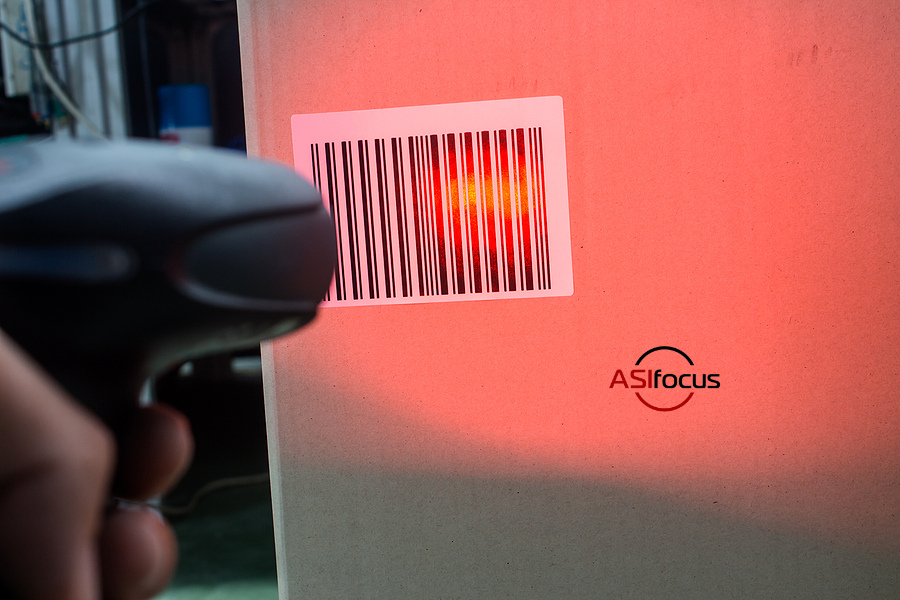Inventory management can feel overwhelming, especially when you’re just starting out. From figuring out where products are stored to keeping track of how many you have on hand, there’s a lot to juggle. That’s where a solid system like Sage 100, enhanced by tools from ScanForce, comes in to save the day.
But before you dive into the software, it’s important to get familiar with the key terms and tools that make inventory management run smoothly. Think of this as your beginner’s guide to understanding how inventory works—and how ScanForce helps make it work even better.
Let’s Break Down the Basics
Here’s a look at some must-know inventory terms and how they relate to Sage 100 and ScanForce:
Alias Unit of Measure (UOM): Speak the Right Language
In the world of inventory, not everything is measured the same way. You might buy items in cases, store them in pallets, and sell them individually. That’s where Alias Units of Measure come in. They help convert between different units without you having to pull out a calculator.
Let’s say you receive 1 case of bottled water, but each case contains 24 bottles. With an alias UOM, Sage 100 knows that 1 case = 24 bottles. That way, your inventory stays consistent no matter how it’s counted or sold. It’s all about making life easier and reducing errors.
Auto-Post: Let the System Do the Work
Manually updating inventory every time there’s a sale, return, or delivery? That’s a recipe for mistakes—and a waste of time. Auto-posting takes care of that for you.
With Sage 100’s auto-post feature, inventory transactions are updated in real time. That means when something gets sold, returned, or moved, the system reflects the change instantly—no manual entry needed. Your warehouse team and accounting staff always have access to the most up-to-date numbers.
Inventory Adjustments: Fixing the Little Mistakes
Even with a great system in place, things can still go off track. Maybe a shipment arrived damaged, or someone miscounted during receiving. That’s where Inventory (I/M) Adjustments come in handy.
These allow you to manually correct stock levels, whether it’s adjusting the quantity, changing the value, or noting a discrepancy. It’s a controlled way to fix errors and ensure your inventory records remain accurate.
Lot Numbers & Extended Lot Tracking: Total Traceability
If your business deals with items like food, chemicals, or regulated products, then lot tracking is non-negotiable. A lot number is a unique code assigned to a batch of products—whether it’s dairy from a specific farm or a batch of pharmaceuticals.
Sage 100 takes it a step further with Extended Lot Tracking, which adds details like expiration dates, production batches, or supplier information. This is especially important if you ever need to trace a product due to quality issues or a recall.
For example, a food distributor can use lot numbers to ensure older inventory is shipped first (FIFO—first in, first out). And if there’s ever a recall, they can quickly identify which batches are affected and where they were sent.
Multi-Bin Management: Smarter Storage
Warehouses can be big, and items often aren’t stored in just one place. With Multi-Bin Management, you can track where each item is located—even if it’s spread across several bins, shelves, or areas.
This feature is essential for improving space usage, reducing picking errors, and keeping everything organized. No more digging through the wrong shelf or aisle. You’ll know exactly where everything is at all times.
Pallet or License Plate Tracking: Move More with Less Effort
In fast-paced warehouses, scanning each item individually isn’t always practical. That’s where Pallet Tracking, also known as License Plate Tracking, comes in.
Think of it like this: each pallet or container gets a unique ID—its “license plate.” That one scan represents all the items it holds. So instead of scanning 200 boxes, you scan once, and the system knows exactly what’s being moved. Simple, fast, and efficient.
Directed Physical Count: Make Inventory Counts Painless
Inventory counts are nobody’s favorite task, but they’re necessary to keep things accurate. A Directed Physical Count makes the process much more manageable.
Instead of handing your team a clipboard and telling them to “figure it out,” the system tells them exactly what to count and where to find it. This eliminates guesswork, saves time, and reduces human error. It also means your inventory data stays reliable year-round—not just after annual audits.
Sage 100 + ScanForce: The Power Duo
Now that you understand the core terms and concepts, let’s talk about how ScanForce fits into the picture.
ScanForce is a suite of tools that works directly with Sage 100 to automate your inventory tasks. From barcode scanning and data capture to warehouse automation and reporting, ScanForce helps eliminate manual errors and supercharge your efficiency.
Need to move items across multiple bins? Track expiration dates? Perform cycle counts with mobile devices? ScanForce has your back.
Ready to Level Up Your Inventory?
If your current inventory system feels clunky, error-prone, or just outdated, it might be time for a change. By combining the powerful features of Sage 100 with the smart enhancements of ScanForce, you can streamline operations, reduce costs, and make life easier for your entire team.
Contact us today to learn how ScanForce and Sage 100 can help you take control of your inventory—and never second-guess your stock counts again.

